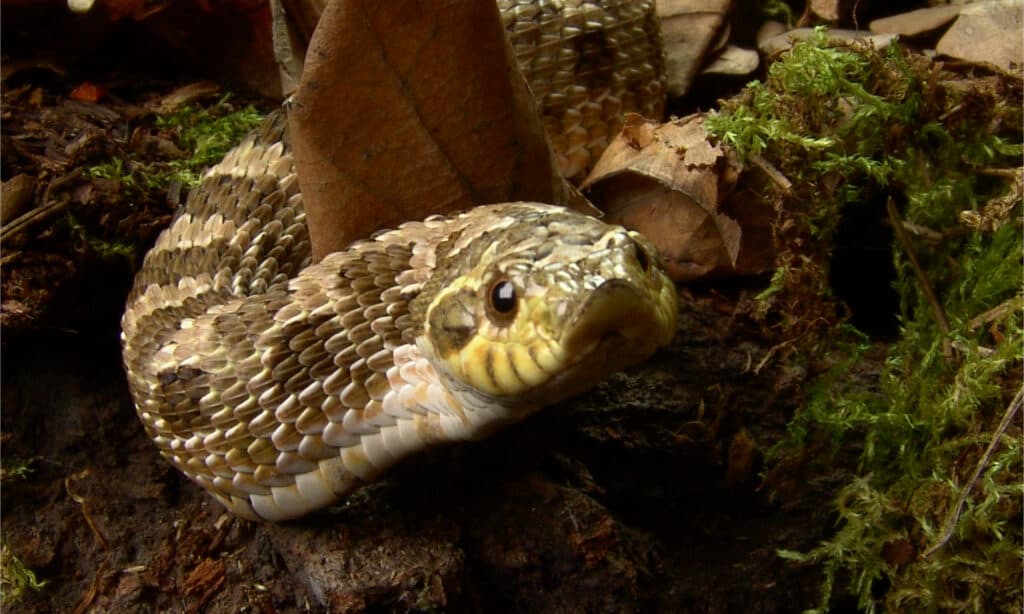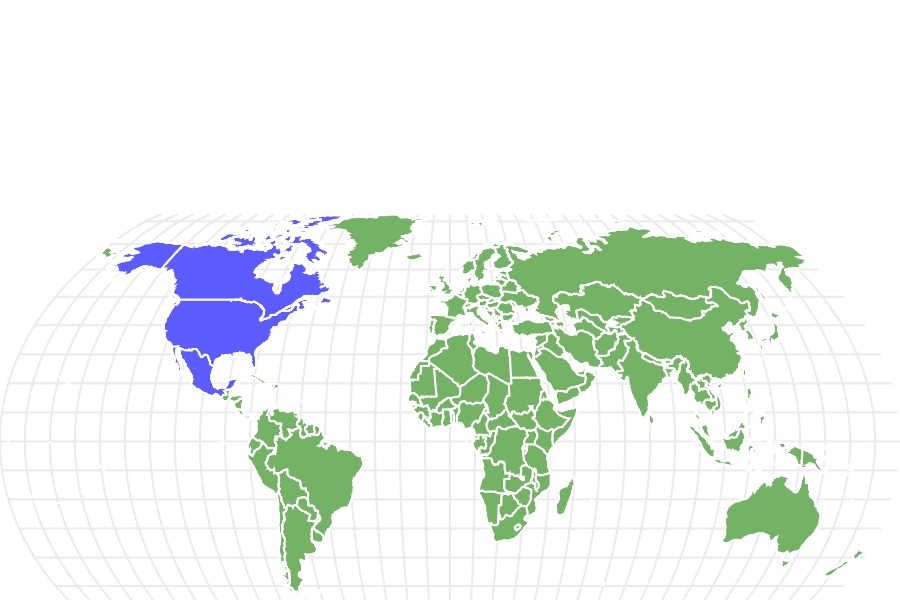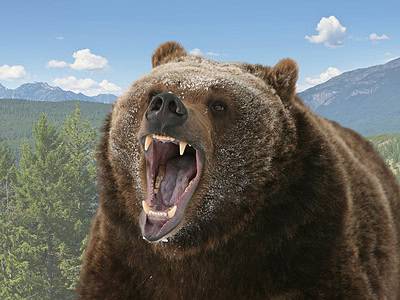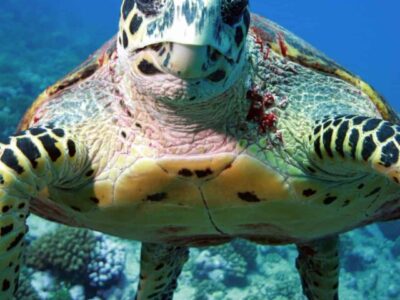Plains Hognose Snake
Heterodon nasicus
The plains hognose snake gets its name from the upturned end of its snout.
Advertisement
Plains Hognose Snake Scientific Classification
- Kingdom
- Animalia
- Phylum
- Chordata
- Class
- Reptilia
- Order
- Squamata
- Family
- Colubridae
- Genus
- Heterodon
- Scientific Name
- Heterodon nasicus
Read our Complete Guide to Classification of Animals.
Plains Hognose Snake Conservation Status
Plains Hognose Snake Facts
- Prey
- Frogs, toads, lizards
- Name Of Young
- Hatchlings or snakelets
- Group Behavior
- Solitary
- Fun Fact
- The plains hognose snake gets its name from the upturned end of its snout.
- Other Name(s)
- Blow snake, bluffer, spread head
- Diet for this Fish
- Carnivore
- Lifestyle
- Diurnal
- Solitary
- Favorite Food
- Frogs, toads, lizards
- Common Name
- Hognose snake
- Number Of Species
- 2
Plains Hognose Snake Physical Characteristics
- Venomous
- Yes
- Aggression
- Low
View all of the Plains Hognose Snake images!
When threatened, a plains hognose snake wobbles, shakes, turns onto its back and plays dead.
The plains hognose snake gets its name from the upturned end of its snout. It uses its nose to dig in its dry, sandy habitat. Amphibians and lizards are the main components in the diet of this snake. These docile snakes only grow to around 20 inches long, have a long lifespan, and they’re active during the day making them appealing pets.
4 Plains Hognose Snake Amazing Facts
- This snake uses its upturned nose as a shovel when digging for its amphibian prey
- It has a reputation for turning over and playing dead when threatened by a predator
- The snake has a lifespan of up to 20 years
- The initial cost of an albino plains hognose snake can be as high as several thousand dollars
Where to Find Plains Hognose Snake
Check out a map of this snake’s territory and you’ll see it extends from southern Canada, through the central portion of the United States and into Mexico. In the United States, it is spotted sometimes as far west as Colorado and as far east as Illinois.
Dry, sandy ground is where this snake is most often found. Plains hognose snakes live in a desert habitat as well as in savannas, grassy areas, and shrublands.
These reptiles go into brumation from September to March, so they are not as visible. They do this to keep warm and to save their energy so they can reproduce later on. However, like other types of snakes, they can be seen basking on rocks in the sunlight on especially warm days during the winter. The spring mating season at the beginning of March is when these reptiles are moving around and more visible.
Countries where plains hognose snakes are found:
1. Canada
2. United States
3. Mexico
Scientific Name
Heterodon nasicus is the scientific name of the plains hognose snake. The Latin word nasicus means nose.
It’s in the Reptilia class and Colubridae family.
The subspecies of this snake are:
- Heterodon nasicus gloydi
- Heterodon nasicus kennerlyi
Population & Conservation Status
Their population is stable at a minimum of 100,000 plains hognose snakes. As a note, there are a few areas where its population is slightly decreasing due to habitat loss. The IUCN Red List of Threatened Species reports it as Least Concern.
Appearance & Description
The base color of the plains hognose snake is olive green or brown. It has a varied pattern of black splotches down its back. The snake’s belly is white with an area of black scales beneath its tail. It has a dark brown stripe beside each eye along with one over its nose.
This snake has a thick body and a wide head. Its sturdy, rough scales help it to safely move through its dry, desert habitat without being burned by the sand. This snake’s snout is upturned at the end. Its eyes are round and brown with black pupils
Plains hognose snakes are considered to be small to medium-sized snakes growing up to around 20 inches long.
How to identify a plains hognose snake:
- Olive or brown scales with a varied pattern of black splotches
- White belly with black scales beneath its tail
- Dark brown or black stripe beside each eye and over the snout
- A snout with an upturned tip
- A thick body with rough scales
- Round brown eyes with black pupils

Plains hognose snakes use their upturned snouts to dig for amphibians.
©skifbook/Shutterstock.com
Plains Hognose Snake Venom: How Dangerous Are They?
In many cases, the plains hognose snake is listed as non-venomous. But, it does have a mild venom. Its venom isn’t dangerous to people but is deadly to its prey.
Despite its threatening-looking snout, this snake is described as timid. Bites from this snake are rare. If someone is bitten by a pet plains hognose snake or a wild one, there is no need to worry about its venom. It’s important to wash the wound with soap and water, then put a bandage on it. All of these steps are done to prevent infection.
Plains Hognose Snake Behavior and Humans
Timid and docile are two words connected with this snake. In fact, biologists have noted that this snake is not likely to bite even as it tries to defend itself. As a result, it’s a favorite choice of people who keep reptiles as pets. Unlike many snakes, the plains hognose is active during the daytime. This is another reason why people like to keep this reptile as a pet!
The initial cost of this snake ranges from hundreds to thousands of dollars depending on its markings and size. The albino variety of this snake has an initial cost that starts in the thousands because of its rarity. While an albino hognose snake has the same pattern as a typical plains hognose snake, it doesn’t have the same dark scales. Instead, an albino hognose displays cream or yellow scales with a pattern of rust or reddish splotches on its back. Plus, it has a reddish stripe near each eye and one over its snout. Also, albino hognose snakes have red eyes instead of brown.
In the wild, they like to hide in their sandy habitat. Oftentimes, they take shelter beneath piles of dry vegetation or in burrows. They have no problem blending into their surroundings! A human who sees this snake while hiking or walking is almost certain to see the reptile slither away as quickly as possible to avoid an encounter.
If a plains hognose snake isn’t able to escape a human or a predator, it may flatten its head and hiss in an effort to appear larger and more threatening. But this isn’t the only method this snake uses to drive predators such as hawks and skunks away.
A plains hognose snakes is notable for its behavior of wobbling or shaking, then turning over onto its back to play dead. Other snakes share this bluffing, or pretending behavior such as the grass snake and the rinkhals. The theory behind this is predators are usually not interested in a snake that’s already dead. When the predator leaves the area, the snake goes back to hunting or traveling its territory. Clever!
Similar Animals
View all 192 animals that start with PPlains Hognose Snake FAQs (Frequently Asked Questions)
Are plains hognose snakes venomous?
They are mildly venomous, but their bite is not harmful to people.
How do plains hognose snakes hunt?
A plains hognose snake uses its special snout to burrow in the sandy ground in its habitat. Oftentimes, it does this in search of toads that bury themselves in the ground. Once a snake locates a toad, it bites the amphibian injecting its mild venom. A toad has poison in its body it releases as a way to defend itself. However, the plains hognose snake’s large adrenal gland prevents the poison from causing harm to its system. The prey is swallowed whole.
Are plains hognose snakes aggressive?
No, these snakes are non-aggressive.
Where do plains hognose snakes live?
The range of this snake begins in southern Canada and extends through the central portion of the United States. It’s sometimes seen as far west as Colorado and as far east in the U.S. as Illinois. It lives in the northern to central part of Mexico as well.
What do plains hognose snakes eat?
Toads, frogs, and lizards are all included in the carnivorous diet of this snake.
How big do plains hognose snakes get?
They are considered small to medium in size growing to around 20 inches in length.
Are plains hognose snakes friendly?
Yes, they are docile and known to interact with their owners. They are also considered fairly low maintenance in the world of pet snakes.
How much does a plains hognose snake cost?
The typical cost to buy a plains hognose snake is at least $700. An albino plains hognose snake is rare, so its initial cost is higher and can run into the thousands.
Where are plains hognose snakes found?
Deserts, grassy areas, scrublands, and savannas are the habitats of these snakes. Specifically, they live in burrows created and abandoned by rodents.
Though plains hognose snakes are solitary, they sometimes live in the vicinity of other snakes.
Thank you for reading! Have some feedback for us? Contact the AZ Animals editorial team.
Sources
- IUCN Red List / Accessed May 8, 2022
- Wikipedia / Accessed May 8, 2022
- Reptiles Magazine / Accessed May 8, 2022
- Missouri Department of Conservation / Accessed May 8, 2022
- Reptile Database / Accessed May 8, 2022
- North Dakota Game & Fish / Accessed May 8, 2022


















